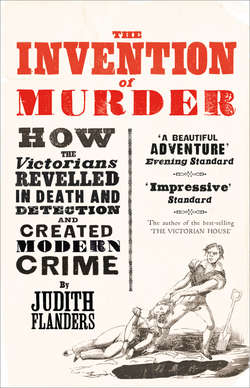Читать книгу The Invention of Murder: How the Victorians Revelled in Death and Detection and Created Modern Crime - Judith Flanders - Страница 6
A NOTE ON CURRENCY
ОглавлениеPounds, shillings and pence were the divisions of British currency in the nineteenth century. One shilling was made up of twelve pence; one pound of twenty shillings, i.e. 240 pence. Pounds were represented by the £ symbol, shillings as ‘s.’, and pence as ‘d.’ (from the Latin denarius). ‘One pound, one shilling and one penny’ was written as £1.1.1. ‘One shilling and sixpence’, referred to in speech as ‘One and six’, was written as 1s.6d., or ‘1/6’.
A guinea was a coin to the value of £1.1.0 (the coin was not circulated after 1813, although the term remained and tended to be reserved for luxury goods). A sovereign was a twenty-shilling coin, a half-sovereign a ten-shilling coin. A crown was five shillings, half a crown 2/6, and the remaining coins were a florin (two shillings), sixpence, a groat (four pence), a threepenny bit (pronounced ‘thrup’ny’), twopence (pronounced ‘tuppence’), a penny, a halfpenny (pronounced hayp’ny), a farthing (a quarter of a penny) and a half a farthing (an eighth of a penny).
Relative values have altered so substantially that attempts to convert nineteenth-century prices into contemporary ones are usually futile. However, the website http://www.ex.ac.uk/~RDavies/arian/current/howmuch.html is a gateway to this complicated subject.
